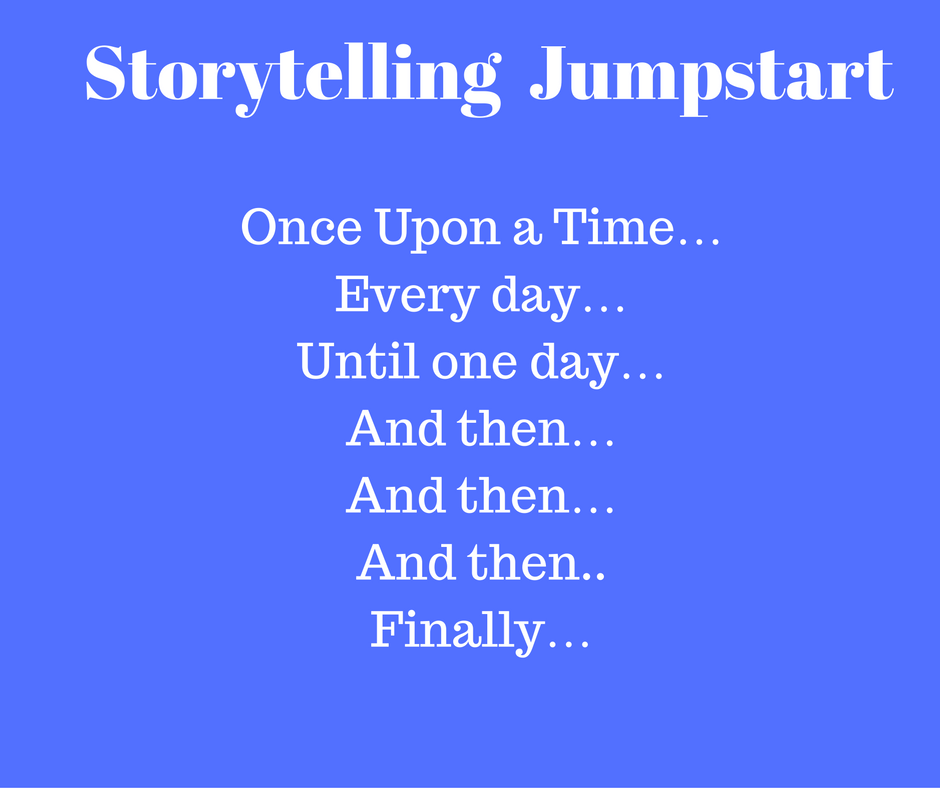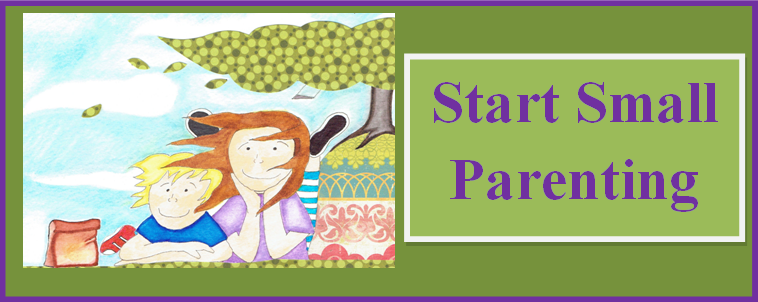
It’s not always easy communicating with our early childhood kids. Often, as soon as the child becomse verbal, parents are off and running with lots of words. There is often more “telling” than showing. When trying to teach your child a new idea or action, it can seem like “in one ear and out the other.” The parent’s repeated and lengthy word count can sound like nagging. And the child can look like they are defiantly ignoring the parent.
A child can get lost in all those words. One reason for this is that young kids have more access to right brain tendencies than the slower-developing, refined logic of the left brain. The right brain likes images. It’s imaginative, intuitive, and emotional. Mostly non-verbal and experiential, the big picture is important as are relationships. The right brain also likes stories.
Stories and the Right Brain
If you want your child to understand and remember a concept, idea, or desired behavior, tell a personalized story to your child. One way is to create an ongoing, customized bedtime story using animal characters. Bedtime is good because children are more often receptive when they are calm and the day is winding down. The story includes aspects of their life (even if couched in an animal’s world). And there is the added benefit of close special time during the storytelling.
Try Tell a Story to tie in any events of the day that happened to your child or any recent activities or events in your family – only they happen in an animal’s world.
Squirrel Friend
I live where there is a forest and lots of squirrels. One day, my son was having trouble at preschool. I came up with a character called “Squirrel Friend”. Over time, the story evolved to include the squirrel’s best friends – Andy, who was adventurous, Sammy, who was creative, and Sylvester who always pushed the limits of any situation. They lived in Squirrel Village and everything they had was made out of what was found in the forest. Acorns, tree bark, and leaves made up food, dishes, clothing, and even skateboards. Sometimes my son made suggestions or additions to the story. If the story was too close to his real life experience he would laugh and say, “That didn’t happen to Squirrel Friend. It happened to me.”
As idyllic as I wish kindergarten had been for my son, he had struggles. He went from a small preschool experience with a few kids to two K classes that totaled 40 kids. They would all be out on the playground together. My son is an interpersonal learner and extremely social. This change caused stress for him. Squirrel Friend helped him to understand this new experience and come up with problem-solving techniques for the conflicts he encountered.
Another way to use Tell a Story is with actual visuals. You can use puppets, a felt board, dolls, or even objects like rocks. Any object works that helps the child represent their inner world on the outside of themselves. The adult can be the puppet master or main story teller. If the child is old enough to add to the story, encourage them to do so. This provides a way to communicate when words are difficult to use or understand. Tell a Story also relaxes a child, helps her work through emotional issues, solve problems, and integrate both sides of the brain.
Stuck?
One parent I know said that she was a terrible storyteller. She could never think of anything to add to make the story interesting. Another friend said she was too tired at night to think of anything creative, even if her child had shown lots of behaviors throughout the day she could incorporate. The pressure’s off with a Storytelling Jumpstart.

Following this template will surely help even the most tired parents tell a personalized story. There are so many benefits to revisiting the same characters each night. The ritual and content help to increase the parent/child connection. These stories also increase trust as the child feels that his parent understands and connects with him on a deeper level.

